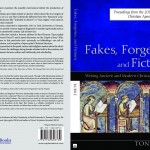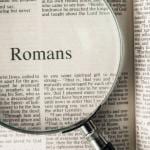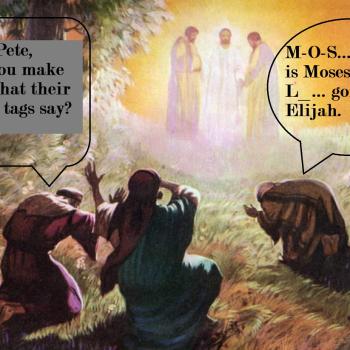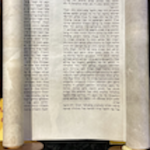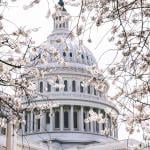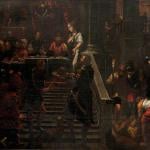I have been wondering for a while what to blog about for Palm Sunday. It is one of those events that is far more complicated when considered historically than most would realize who celebrate it. Jesus’ triumphal entry (as it is called) has people shouting “Hosanna.” The cry for salvation features in Psalm 118, known as one of the Hallel Psalms. It was used at major festivals including but not limited to Passover. The waving of palm branches, on the other hand, is specifically associated with another holiday at which Psalm 118 was used: Sukkoth, sometimes referred to as the Feast of Tabernacles in English.
Historians wonder whether the “triumphal entry” of Jesus into Jerusalem was a small group of disciples of Jesus excited that he entered Jerusalem on a donkey when he was far from the only person to be riding an animal while traveling. If the crowds were shouting “hosanna” it was probably the holiday and not a recognition of Jesus as king. If they waved palm branches, however, then it is natural to wonder whether the occasion was Sukkoth rather than Passover.
I cannot say for certain. The Gospel authors regularly compress events into a shorter or simply a different time frame than actually occurred. That an event from Sukkoth might have been combined with events from Passover is absolutely possible.
The key thing to note, I think, is that there is no widespread recognition of Jesus as king, no universal acclaim. The disciples may have seen greater significance in Jesus’ entry but those unconnected with the movement around him surely did not. This is important. It is a common trope in sermons, laced with poisonous antisemitism, that claims the crowds shouted Hosanna on Sunday and then called for Jesus’ crucifixion on Friday. It is all but impossible to imagine Pilate needing his arm twisted to execute a suspected insurrections. Even more unimaginable is that the Jewish populace as a whole desired for the Romans to kill any one of their own. Like the Israelites who see the miracles of the Exodus or subsequent deliverances and yet keep rebelling, the fickle crowds may make for compelling sermon fodder but are implausible as history.
I am still puzzled by aspects of the story that a associated with this Sunday in the church’s calendar. But the historical event has a more compelling point than the fictionalized and mythologized versions. If you are going to recognize the hand of God at work in Jesus, it will not be in the form of miraculous wonders hitting you over the head with the obvious. His arrival will be low key. There may be experiences of healing and of being set free from afflictions, but not in a manner that cannot be responded to other than by assenting to Christian doctrinal principles. The challenge of Palm Sunday isn’t to affirm the obvious when others deny the obvious. The challenge is to recognize the subtle presence of God when it would be all too easy to miss.
Whenever you think it happened and whether you think it happened at all, behold a man who is one of many entering Jerusalem among crowds of pilgrims. He is not dressed in dazzling white while all others wear brown and grey. There is no halo. He is not the focus of the attention of the crowds there to celebrate a holiday.
That is the challenging message of Palm Sunday. If you were there do you really think you’d perceive something more, something those around you would not?
If so, then prove it. Go forth and recognize the subtle and unimpressive places where God is at work right under your nose. Go detect and appreciate what those around you are missing.


